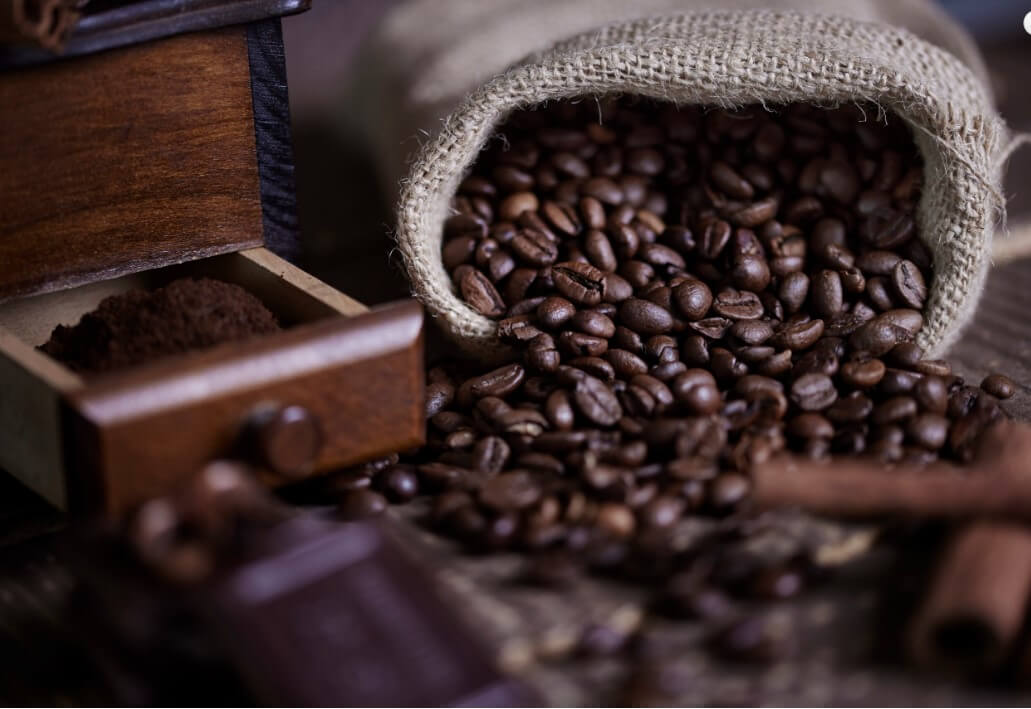The coffee grows on a tree or perhaps closer to a bush. The coffee bush blooms with small white flowers, and after flowering, there are green coffee berries that, when ripe, are the size of cherries, and are red or yellow.
Each berry contains 2 seeds/coffee beans, lying with the flat sides facing each other. Under the shell of the berry sits the pulp, and around each coffee bean sits a series of obstacles.
The berries are like e.g. strawberries do not ripen at the same time and they are therefore hand-picked often.
Hand-picking enables a selection where only the fully ripe berries are picked. When using this method it is necessary to pick 3-4 times during a harvest season.
When only the red berries end up in the coffee picker’s basket, you get a much better taste in the coffee cup.
How is a coffee berry created?
Around each coffee bean sits a film, which we call ‘silver skin’, and on top of it a parchment film. The beans are protected by a layer of pulp, and on the outside of the berry sits the skin.
Arabica and Robusta coffee beans
Today, there is primarily talk of 2 species within coffee beans; Arabica, which is native to Ethiopia, and Canephora, which is native to Uganda.
Actually, there is another species, Liberica, but it makes up only 1-2% per cent of the total production, and is, as far as we know, not traded in Denmark.
We often call Canephora Robusta, as it as the name suggests is very resistant to diseases, temperature fluctuations and insect infestations.
In terms of taste, Robusta coffee beans are significantly more bitter than Arabica.
Arabica accounts for around 75% of coffee production worldwide.
There are many varieties of Arabica bean, some of the best known are bourbon, typica, mundo novo, catuai, caturra, pacamara and the Kenyan developed varieties with the less sounding names SL28 and SL32.
In recent years, the variety of Geisha has also received a lot of attention due to its fine, floral taste notes.
https://www.youtube.com/watch?v=uRNci2lywmg



Comments are closed.